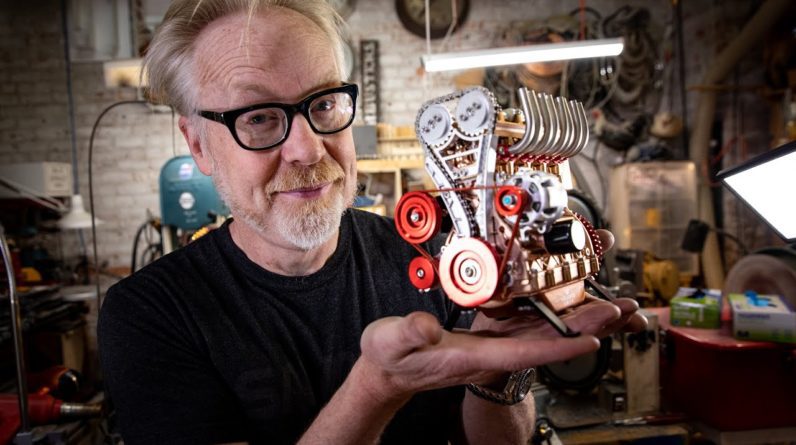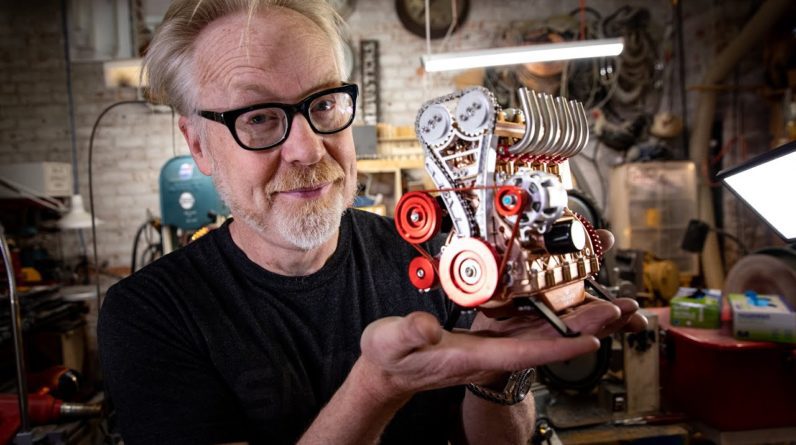In this tutorial I am going to show you how to easily mask your canopies… inside and out. Watch the video until the end because I will give you some top tips along the way. What is up fellas Today we are going to do some masking And just wait to see how our job will compare to pre-cut masks. So, lets start off with some masking tape on the cutting matt. We have two options to chose from, mostly depending on the canopy we have to mask. The first option is an almost thin strip of masking tape The wider the tape, it is easier to hold a straight line so this is suitable for canopies where we have mostly flat frames with straight edges. Top tip number one: cut the end of the tape at an acute angle.
This way you'll be able to position it in the corner without overlapping the frame. After you place the tape on the canopy maneuver it gently into position. When it comes to cutting the excess be very careful. I recommend a fresh blade and just pay attention. Also try to use scissors where this is possible. Now some might say this is too time consuming, why don't you use pre-cut masks First of all speed rarely achieves quality in my opinion. And yes masks are awesome most of the time, but in some cases they just fail…. I will show you a comparison later in the video. Our second option is to cut a really narrow strip of masking tape. The narrower the strip is it can handle tighter corners.
You'll see an example in a few seconds. One thing I forgot to show you is this cool tool A flat head stick, it will help you adjust the tape with farr less risk for the clear part. Now you see we have a beveled corner in the bottom. and all we have to do is bend the tape and burnish it down to stick. All right the exterior is done, lets do the interior. It is almost the same procedure only you have the benefit of following the exterior masks as a guide. Surprisingly, masking the interior of the canopy seems to be a controversial topic. I personally feel that it is necessary, especially in 1/48th and larger scales. Here is what we have so far, almost perfect… unlike the mask which just can't cope with the compound surface. Top tip number 2: Bend a piece of tape and spread the ends apart. then stick it on one of the transparent surfaces and you have somewhere to hold the canopy for painting. As you have noticed, all we have so far are frames. To fill the rest I am using liquid mask.
Soo get some kind of applicator and carefully apply the liquid. Here are a few cool things about using masking liquid: In conjunction with the tape we take advantage of capillarity… where Capillarity is the ability of a liquid to flow in narrow spaces without the assistance of, or even in opposition to, external forces like gravity. another advantage is that if you mess up you can just remove the liquid after its dry and try again. Some masking liquids can be cut. it relatively fast to apply. And probably something else that I forget right now.

OK, now lets quickly apply the interior color, both on the inside and on the outside. Before applying the exterior color I mask the inside of the canopy using tape but only on the edges. Then I put some sponge inside so it protects the rest and gives me a sturdier place to handle the detail. The problem with using only sponge is that you can get some unwanted chipping effects which can become 3 dimensional if you leave the paint to dry. Now let's quickly apply the exterior color. Make sure you give your final coat enough time to set because you can rub it off when you remove the masking.
Now it is time for the most satisfying part of the process… removing the masks. first you have to pick the edge of the tape with your blade, then, using tweezers lift the tape so it doesn't stick again. If you are using gloves as I do it is very easy to remove most of the liquid mask. once the tape is mostly free it is easily removed with tweezers. Its mostly the same deal for the interior but if you can't stick your finger inside you can use tweezers to remove the bulk of the masking liquid….
just be careful not to scratch the surface. Sometimes you can remove the entire masking wit hands only… easy. In my opinion this technique is quite easy and with some experience it can be done quite fast. This canopy took me no more than two hours wit the painting… so that’s not bad at all considering the final result. Now go ahead and watch more of my tutorials…. you will have a good time I promice. Thanks for watching and untill next time, happy modeling..






